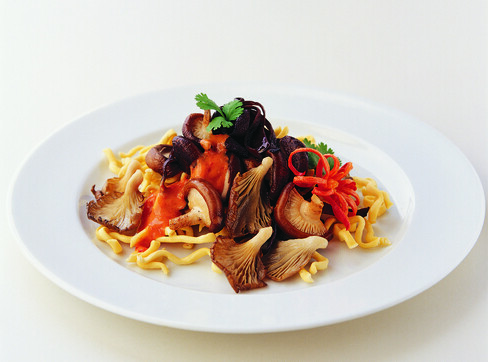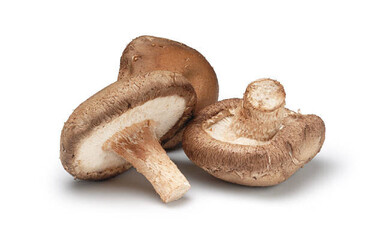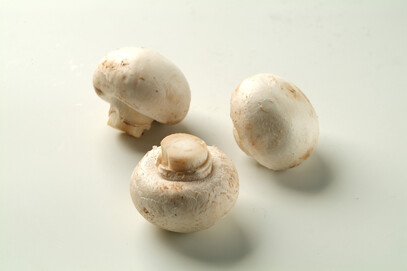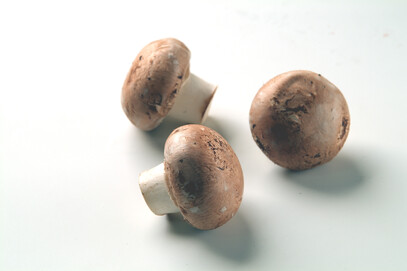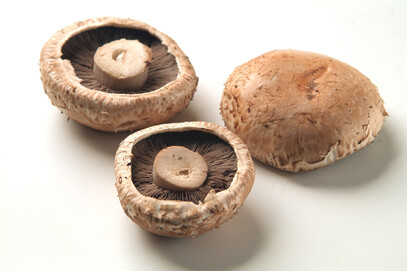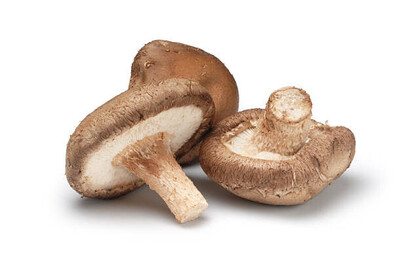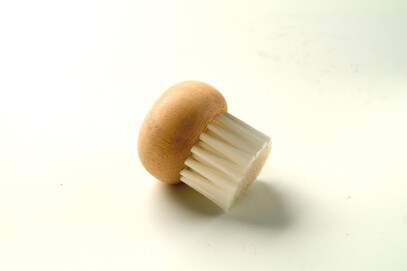There's not 'mushroom' for argument when is comes to the popularity of this fungi.
Our language is sprinkled with' mushroom wisdom'.
There's British designer and journalist, Shirley Conran's, "Life is too short to stuff a mushroom."
And then there is our own Katherine Mansfield who wrote “If only one could tell true love from false love as one can tell mushrooms from toadstools.”
Well, New Zealanders love affair with mushrooms is real. Mushrooms are now Kiwi's third most popular 'vegetable' (it's really a fungi) following tomatoes and potatoes.
Beginnings
The Agaricus Bisporus was the first mushroom to be cultivated for commercial use and is still today the most grown. In 17th century France the first mushroom 'farms' were started up just outside Paris. Today mushroom farming is a sophisticated, highly technical business internationally.
Growing
Mushroom 'farms' are large, dark, climate-controlled rooms with tiers of racks where mushrooms are carefully cultivated. To produce mushrooms, spores are collected in laboratories and used to inoculate grain that then becomes the spawn. It is from this spawn that mushrooms grow.
One of the most important elements of farming a top quality mushroom is the compost. From the latter it takes all its nutrients. Preparation of sterilised compost alone takes between two and three weeks.
During spawn running, the compost becomes filled with what looks like spiders' webs. After two weeks the compost is replaced by a thin layer of peat moss that provides the home for the 'spiders' webs' to grow into mushrooms.
Over the next 18 days or so, tiny white protrusions — about the size of small pin heads — start to show through the peat moss.
The growing process is cyclical. Each 'crop' that comes through is called a 'flush'. One lot of compost can produce up to and more than five flushes but with each consecutive flush, it takes a little bit longer for the mushrooms to show themselves, and the yield is less than the last.
Mushrooms are picked when mature and, unlike some produce, size is not a factor of maturity. The actual size when they mature may vary greatly.
Our largest mushroom grower, the Meadows Group www.meadowmushrooms.co.nz pick over nine million of mushrooms per week including:
White Button
The common white button, sometimes called champignon de Paris, is the most popular variety. The mild, woody flavour of white buttons makes them an ideal raw food with dips, in salads or as snacks. They can also be grilled, fried, sautéed or used in hot savoury dishes or sauces.
Swiss Browns
Swiss browns can vary in colour from pale tan to rich brown. They have a slightly stronger, more earthy flavour than white button mushrooms but can be used in similar ways. In Europe they are sometimes called Italian brown. In the United States they are known as cremini.
Portobellos
Flat Portabello mushrooms are simply larger, more mature Swiss browns with a richer flavour. This dark, open mushroom is ideal for stuffing with savoury mixtures, then baking. They can also be sliced and grilled, fried, barbecued or stir-fried.
Shiitake
With a firm, fleshy texture and full flavour, Shiitake are one of the most popular mushrooms in the world. Their unmistakable meaty ‘umami’ taste — rich, earthy, smoky and woody — will carry through and enhance your favourite dishes.
Shiitake Mushrooms have been used in Asian cooking for centuries. They can be cooked, and like any other mushroom variety: in risottos, soups, casseroles, pies or even on toast. Their stronger flavour means a little goes a long way, and they’re often used in combination with other mushrooms.
What to look for
Choose very fresh mushrooms with a good colour and avoid any which are damaged, bruised or with signs of deterioration. Where appropriate, the gills should be fresh and upright. Mushrooms continue to grow after harvesting and they will 'sweat' in plastic bags.
How to keep
Store at two to five degrees Celsius. Keep covered and away from refrigerator fans. Remove the mushrooms from plastic packaging unless it is the specially-designed perforated plastic. Brown paper bags will absorb moisture and keep mushrooms fresher.
Nutritional value
Mushrooms are low in fat and hence calories. They are low in carbohydrate and the carbohydrate that is present is in the form of fibre. Therefore, they are very suitable for people with diabetes. Mushrooms are a moderate source of protein and are high in potassium but low in sodium — which is a desirable balance for a healthy diet. They are a significant source of selenium (supplying around 30 per cent RDI). Mushrooms are a good to excellent source of some B group vitamins — riboflavin, niacin and B6 — which are especially important for vegetarians.
How to prepare
You don't usually need to peel cultivated mushrooms. Just wipe both the cap and stalk with a paper towel. Or use a mushroom brush. It's the 'wild' field mushrooms that require washing and sometimes, peeling.
Mushrooms facts
One-hundred grams of raw mushrooms have only 50 kilojoules (12 calories) and virtually no fat (0.2g), no cholesterol, 2.3g protein, 0.2g carbohydrate, 93 per cent water, 6mg sodium and 18 µg folate. (The Concise NZ Food Composition Tables, 3rd Edition, 1997.)
"Nature alone is antique and the oldest art a mushroom."
Thomas Carlyle, Scottish author.
